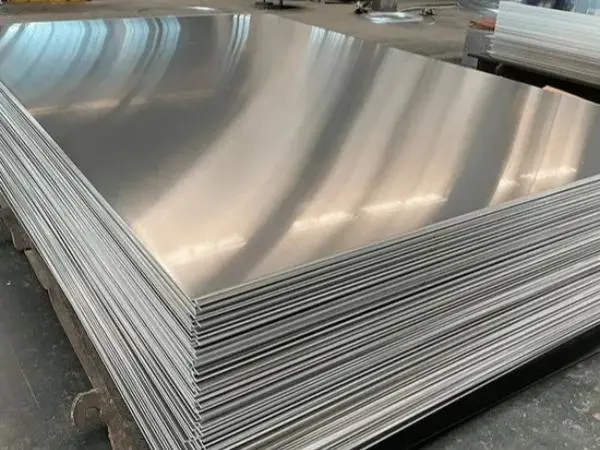- Phone0086 731 8564 8255
- E-mailsales@cscsteel-manufacturing.com
-

There are four common industrial cleaning methods used for stainless steel plates: physical cleaning, electronic cleaning, electrostatic cleaning, and chemical cleaning. Continental Steel Co., Ltd. provides an overview of the principles and treatment methods for each of these approaches.
Continental Steel Co., Ltd is professional stainless steel plates manufacturer, for more details, please contact:sales@cscsteel-manufacturing.com
1. Physical Cleaning Method
This method involves using manual tools or machinery to apply external force in order to remove various types of dirt, without altering the chemical composition of the contaminants. Essentially, physical cleaning does not change the original molecular structure of the dirt. Common physical cleaning methods include:
Mechanical Cleaning
Sweeper and Scraper Cleaning
Drill Pipe Cleaning
Shot Blasting Cleaning
Additionally, there are hydraulic cleaning methods, which are divided into:
Low-Pressure Hydraulic Cleaning
Operating at pressures ranging from 196 to 686 kPa (2-7 kgf/cm² or 0.2-0.7 MPa).
High-Pressure Hydraulic Cleaning
Also known as the high-pressure water jet method, this method operates at 4900 kPa (50 kgf/cm² or 5 MPa) and is used for more intensive cleaning.
2. Electronic Cleaning Method
This method is designed to prevent scale buildup. The principle behind electronic descaling is to utilize a high-frequency electric field to alter the molecular structure of water. This change makes the water resistant to scaling and facilitates the removal of existing scale. When the molecular structure of water is altered, long-chain macromolecules break into single water molecules. The positive and negative ions in the water are surrounded by these molecules, which slows their movement and reduces effective collisions. As a result, scale is prevented from forming on heated surfaces, and existing scale becomes softer and easier to remove.
3. Electrostatic Cleaning Method
Similar to the electronic cleaning method, the electrostatic method also aims to prevent scale formation and remove existing scale by altering the state of water molecules. However, instead of using a high-frequency electric field, this method uses an electrostatic field. Water molecules, which are dipoles (molecules with both a positive and negative charge), align in the presence of the electrostatic field. When dissolved salts are present, their ions are surrounded by these dipoles, making it difficult for the ions to move and deposit on the pipe walls. This process prevents scale buildup. Additionally, oxygen released in the water forms a thin oxide layer on the pipe surface, which helps prevent corrosion.
4. Chemical Cleaning Method
Chemical cleaning involves using chemical agents to react with surface pollutants or covering layers (such as scale) to remove them. This method includes acid cleaning or alkaline cleaning to remove scale deposits. To prevent damage to the substrate or to control the rate of corrosion, chemical cleaning solutions often contain corrosion inhibitors and additives. These additives help activate, penetrate, and wet the surface, enhancing the effectiveness of the cleaning process while protecting the substrate from excessive corrosion.
These industrial cleaning methods each have their own advantages depending on the nature of the contaminants and the specific requirements of the stainless steel application.




